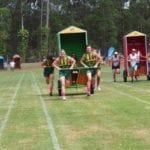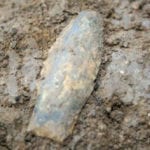 History
History  History
History  Creepy
Creepy 10 More Representations of Death from Myth, Legend, and Folktale
 Technology
Technology 10 Scientific Breakthroughs of 2025 That’ll Change Everything
 Our World
Our World 10 Ways Icelandic Culture Makes Other Countries Look Boring
 Misconceptions
Misconceptions 10 Common Misconceptions About the Victorian Era
 Mysteries
Mysteries 10 Strange Unexplained Mysteries of 2025
 Miscellaneous
Miscellaneous 10 of History’s Most Bell-Ringing Finishing Moves
 History
History 10 Great Escapes That Ended Right Back in Captivity
 Weird Stuff
Weird Stuff 10 Fascinating Things You Might Not Know About Spiders
 Food
Food 10 Everyday Foods You Didn’t Know Were Invented by the U.S. Military
 History
History 10 Most Influential Protests in Modern History
 Creepy
Creepy 10 More Representations of Death from Myth, Legend, and Folktale
 Technology
Technology 10 Scientific Breakthroughs of 2025 That’ll Change Everything
Who's Behind Listverse?

Jamie Frater
Head Editor
Jamie founded Listverse due to an insatiable desire to share fascinating, obscure, and bizarre facts. He has been a guest speaker on numerous national radio and television stations and is a five time published author.
More About Us Our World
Our World 10 Ways Icelandic Culture Makes Other Countries Look Boring
 Misconceptions
Misconceptions 10 Common Misconceptions About the Victorian Era
 Mysteries
Mysteries 10 Strange Unexplained Mysteries of 2025
 Miscellaneous
Miscellaneous 10 of History’s Most Bell-Ringing Finishing Moves
 History
History 10 Great Escapes That Ended Right Back in Captivity
 Weird Stuff
Weird Stuff 10 Fascinating Things You Might Not Know About Spiders
 Food
Food 10 Everyday Foods You Didn’t Know Were Invented by the U.S. Military
10 Wacky Experimental Nazi Weapons
During the World War II, the Nazis experimented with a number of new weapon designs. Many of them, like the V-1 and V-2 rockets, the U-boat, or the Panzer tank, saw extensive action. However, there were some that never really caught on, either because of impracticality or a lack of time. That doesn’t make them any less awesome.
10Heinkel He 162
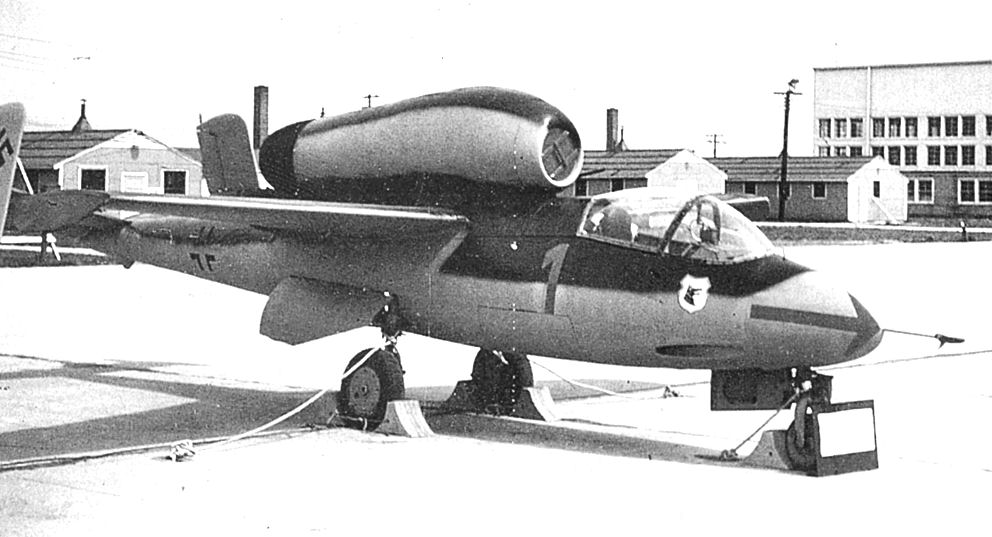
Designed and launched in three months during 1944, the He 162 was chosen as a winner of the Volksjäger (“People’s Fighter”) aircraft design competition, which the Nazis set up to find defensive aircraft that could be mass-produced, using little strategic resources. The 162 was also designed to be flown by novice or untrained pilots, since the aces of the German air force kept dying and it took too long to train new pilots. Ironically, it actually proved terribly complicated to fly, making it more or less useless for the Hitler Youth, who were set to be the pilots. The wings were made mostly of wood, with only a metal fuselage. Even though the first prototype broke its wing during a test flight, the He 162 went into production, and about 116 of the planes were completed. Very few were flown successfully.
9Panzer VIII Maus

The Panzer VIII Maus was a super-heavy tank that remains the largest fully enclosed armored fighting vehicle ever built. Designed by Dr. Ferdinand Porsche, the Panzer VIII was 50 percent longer than the next largest German tank and was over three times as heavy. Due to the fact that bridges weren’t able to support the weight, the Panzer VIII was designed with a series of components that would allow it to travel underwater to a depth of over 13 meters (45 ft). Due to the impracticalities of building such a massive machine, the Germans never put them into action, and they may have been designed to be as much a psychological weapon as a literal one. Incomplete tanks were captured by British and Soviet forces.
8Junkers Ju 322 Mammut

While searching for a suitable replacement material for their cargo planes, the Nazis decided on wood and contracted the Junkers aircraft company to make a prototype for them. Designed as a glider, the Ju 322 Mammut (“Mammoth”) resembled one giant wing and had a wingspan of over 60 meters (200 ft). The first test flight was in April 1941, but the plane proved extremely unstable and took nearly two weeks to be towed back to the airfield. In addition, the glider couldn’t hold as much weight as originally thought—during one of the tests, a Panzer III fell right through the bottom of the cargo hold. The program was canceled a month later, and the prototypes were chopped up and used as fuel.
7Rocket U-Boat

Determined to attack American soil, the Nazis formulated a number of crazy schemes, none of which ever came to fruition. One of the wackiest was the Rocket U-boat—basically a submarine with rocket launchers strapped to it. U-511 was the first to be fitted with rockets, but they were poorly guided and made it much harder to navigate underwater. The plan was shuttered until 1943, when the V-2 rocket was developed. Unfortunately, the rocket was too big to fit onto a submarine. Instead, three of them were designed to be towed by a Type XXI U-boat to their destination, and then remotely launched from inside the sub. However, neither the launchers nor the Type XXI U-boats were completed before the end of the war.
6Fieseler Fi 103R
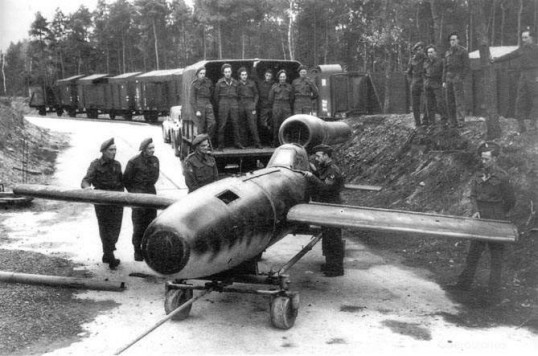
Renowned SS officer Otto Skorzeny, after becoming interested in why so many V-1 rockets crashed just after take-off, designed a piloted version to fix the problem. Codenamed “Reichenberg,” it was supposed to allow the pilot to parachute out at the last minute, although tests showed the canopy had trouble opening with such intense wind resistance (several pilots were killed in these tests). Nevertheless, nearly 100 men volunteered for the program and were unofficially known as “Self-Sacrifice Men,” due to the suicidal nature of the “plane.” Even though about 70 were produced, they never saw any action during the war—mainly because the Nazis decided it wasn’t part of the “German warrior tradition.”
5Fliegerfaust
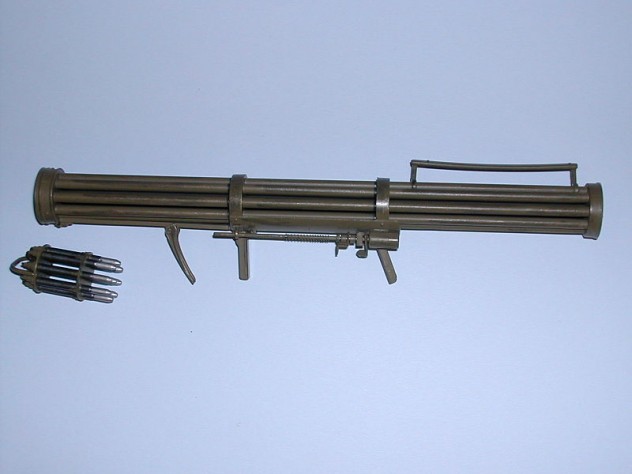
A late entry into the war, the Fliegerfaust (“pilot fist”) wasn’t developed until 1944. Also known as the Luftfaust (air fist), it was a portable ground-to-air rocket launcher, designed to be held and fired by a soldier. Due to a small firing range of only 460 meters (1,500 ft), it was only useful against planes that came relatively close to the ground. More than 10,000 of them were ordered for production, but they were apparently not widely deployed, as only 80 of them were found in late April 1945. In photos taken in Berlin after the Allies arrived, examples of the weapon can be seen lying in the rubble.
4Zeppelin Rammer
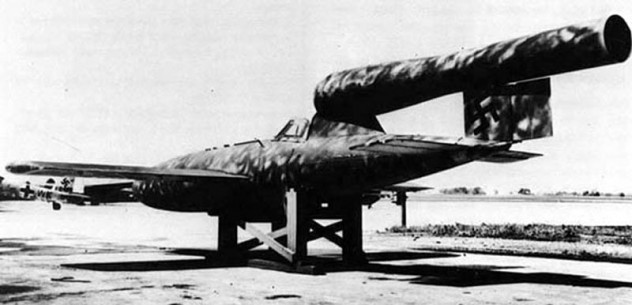
Proposed in November 1944, the Zeppelin Rammer was an airplane designed to be towed by another plane into range of Allied bombers before being released. Once it had been let go, the pilot would ignite a rocket engine and fly toward the enemy planes, firing rockets on its first pass. On its second time through, the pilot would ram the Allied bomber directly, using its reinforced wings to try and bring down the plane. Afterward, having burned up all the fuel, the plane would glide to a suitable landing site so it could be refueled and sent up again. However, no prototypes were ever constructed—because the factory was destroyed by Allied bombers.
3Taifun
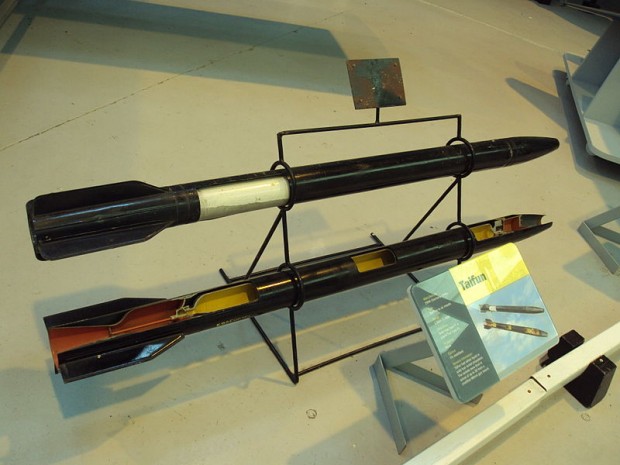
The Taifun (“typhoon”) was a rocket created by Klaus Heinrich Scheufelen in 1944 and was seen as a solution to the Allied bombers that had been devastating Germany (Scheufelen had previously been working with radio-controlled rockets). They were unguided rockets that would be launched in groups by soldiers at passing planes. They were relatively cheap and were seen as cost-effective, since the Allied bombers were increasingly large and made easier targets. The Taifun used a special contact fuse to explode, which also included a timer in case the rocket missed the plane. In the end, over two million of them were ordered, yet only 600 were produced, and they never saw any action anyway.
2Krummlauf
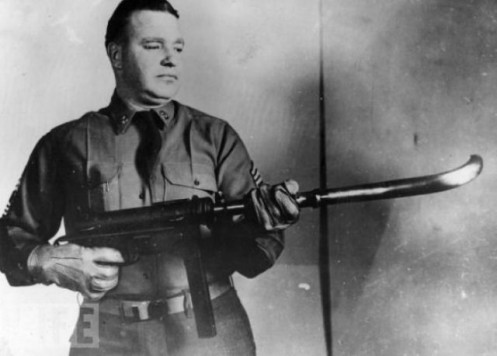
Developed in two different versions for infantry and tanks, the Krummlauf was a rifle attachment that allowed the user to fire in a number of different directions. Coming in 30°, 45°, or 90° angles, it was designated for production in 1944, with 10,000 being ordered. (The tank version wasn’t finished until 1945 and very few were ever made.) For infantry, it was designed to allow them to fire around corners, with a special mirrored sight to aid them. When used by tank operators, it was simply stuck through a hole in the top and fired, to dissuade the enemy from sneaking up to the side of the tank and setting explosive charges.
1The Sun Gun
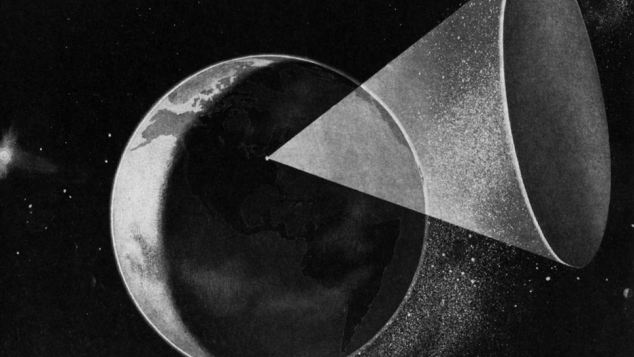
The idea for the “Sun Gun” originated with famed rocket scientist Hermann Oberth in 1923. A giant mirror, more than 1.5 kilometers (about one mile) wide, would be sent into geosynchronous orbit above the Earth. The Nazis were serious about this plan, hoping it would be able to boil the seas and burn cities to the ground. No official construction details were ever released and the plan was estimated to need nearly 15 years to complete, with a cost of over three million marks. However, it is unlikely the weapon would have worked anyway, because light can’t be brought to a sharp focus with a mirror unless the source is already focused. Oberth wrote that he came up with the idea after schoolchildren would use little hand mirrors to annoy him with light when he was a teacher.


